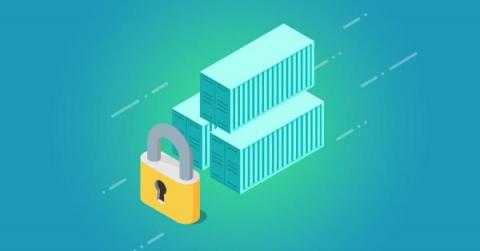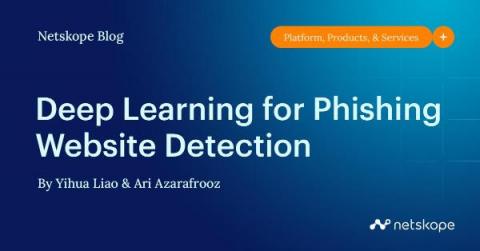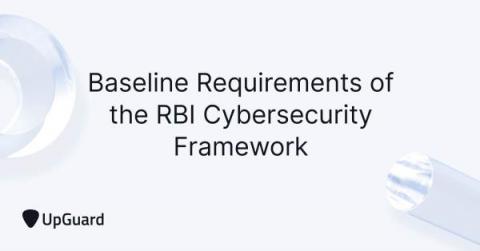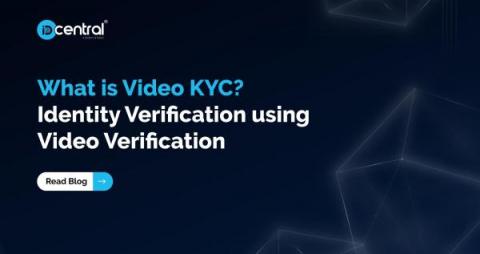Using the MITRE ATT&CK framework to understand container security
As innovations in the world of application development and data computation grow every year, the “attack surface” of these technologies grows as well. The attack surface has to be understood from two sides—from the attacker’s side and from the organization being attacked.










